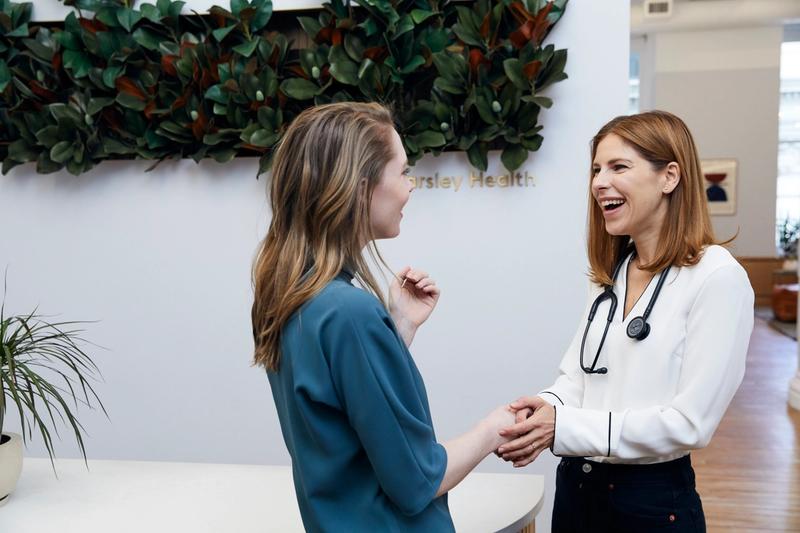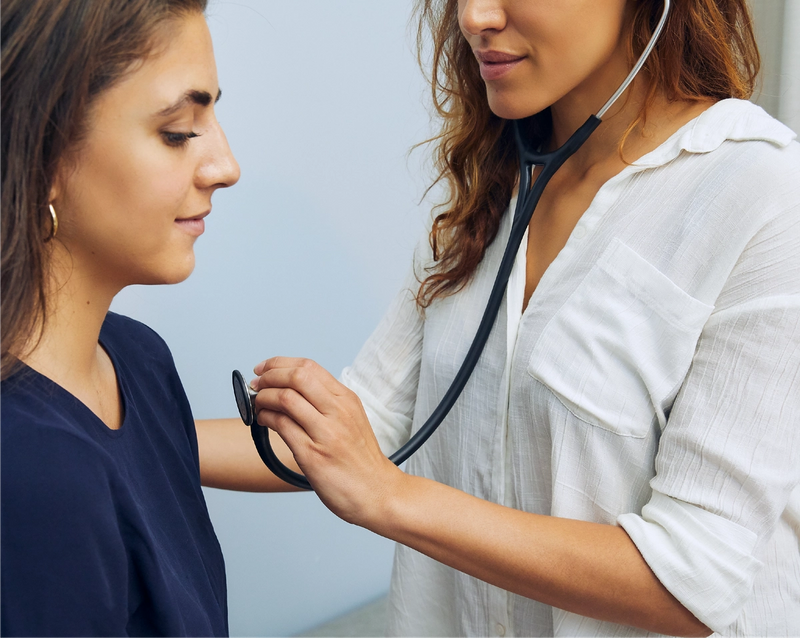8 Dos and Don’ts of Social Distancing Done Right

Social distancing has become a new way of life in the midst of the global COVID-19 pandemic. It is why sporting events, academic institutions, and annual conferences are being postponed worldwide. And most importantly, it is one of the best ways we can slow the spread of the novel coronavirus.
But social distancing also requires each of us to make life and behavioral changes as individuals which are not as obvious.
But what exactly are they? Can you go to the grocery store or your doctor’s office? Here we’ll walk through social distancing as it pertains to 8 key categories of life—with a doctor’s perspective.
How do we practice social distancing the right way?
In communities with widespread and ongoing transmission, it means we need to get strict fast. As of March 17, 2020, the US government is advising against gatherings of 10 people or more. But there are even more nuances to it than that. Here we break down the eight most common areas where people get confused and offer specifics of what social distancing is—and isn’t.
8 dos and don’ts of social distancing
1. Seeing friends, family, and housemates
Do: Eat food with a friend on a separate picnic blanket outdoors, 6 feet apart, with good airflow and sunshine or FaceTime them for a virtual dinner party. Try out a fun and friendly foot tap in place of a more typical greeting or place your hand over your heart to welcome others.
Do Not: Share a plate of food or host a dinner party with four friends and sit just as close as usual after forgoing your usual hug, kiss, or handshake. Don’t personally visit elderly relatives or those who are more susceptible to developing a more severe case of COVID-19 , even if they live just across the street from you.
2. Medical Appointments
Do: See your doctor online to avoid both exposure and contaminating others at the office and in the waiting room. At Parsley Health, we have moved all visits to virtual and are only scheduling in person visits when absolutely necessary. This includes screening our members for hallmark symptoms of COVID-19 online and directing them to testing or in-person care as appropriate.
Do Not: Go to your doctor’s office for a routine physical or non-essential visit. Instead, ask your physician if they can prescribe online or conduct a telemedicine appointment.
3. Entertainment
Do: Go for a walk in nature or a park while maintaining ample personal space; create a wishlist of podcasts, apps, and books to dive into while you’re at home; engage with online communities or start a virtual book club.
Do Not: Go to a friend’s house for a party in the spirit of “staying in.” Even when the gatherings are small, they still allow for the spread of the virus. Don’t hit up the mall or a local dog park with your pup just because you’re looking for something to do. Avoid places that are likely to be more crowded whenever possible.
4. Shopping
Do: Get your groceries delivered or go to the market or pharmacy during non-peak hours and be conscious of a solid 6 feet personal space bubble—especially when waiting in line.
Do Not: Do any of your non-essential shopping at this time. Beyond the supermarket and essential drug store runs, this is not the right time to go into stores and interact with others.
5. Mealtimes
Do: Make homemade meals that are whole food based, low sugar, and can support your immune system . If you do need some food from outside the house, opt for takeout or sit outside to allow for more airflow.
Do Not: Eat out if you can avoid it. The less hands that touch what enters your body right now, the better. Some cities have gone as far as to shut down bars and restaurants—so make sure you’re keeping up to date about your state’s regulations.
6. The gym and fitness classes
Do: Practice yoga with your partner who is socially distancing with you at home or go to your window and practice with your neighbors as they’ve been doing in Spain; you can also sign up for at-home fitness videos or outdoor exercise.
Do Not: Have a friend come over to use your kettlebells for a workout session. If the gym is still even open in your area, reconsider going at all and absolutely skip out on classes. If you must go, maintain distance from others while there and ensure you are regularly washing your hands and disinfecting weights, machines, and mats each time you use them—but perfection is hard to achieve and every averted case counts, so use your discretion.
7. Commuting
Do: Work from home if you can; or if you cannot, ride a bike, walk, or drive a car directly to where you’re going without stops in-between.
Do Not: Use public transit if you can avoid it, so that those who have no other choice have less risk of exposure.
8. Self-care appointments
Do: Opt for a meditation at home, a long bath or shower, or a safe outdoor walk. Learn a new dance at home or practice a guided online yoga flow to start your day.
Do Not: Stick to your usual appointments. While appointments such as a facial, massage, or sauna session might be your favorite way to unwind, we recommend limiting non-essential contact with others as much as possible. These are lower risk one-on-one interactions but they require someone else to be within 6 feet to touch you, so they don’t meet the social distancing bar.
While this may seem like a lot of changes, there are also a lot of new healthy habits you can develop and work on with a bit more time at home. It’s also a good time to reach out virtually to your broader community to stay connected with others even while practicing social distancing.
At Parsley Health, we are asking our members and our team to adjust their schedules to support social distancing measures whenever possible. And depending on what your lifestyle looks like, this may mean substantially altering what you do on a daily basis. We know this takes conscious everyday effort to limit your exposure to others, and want you to know that we’re in this with you.
Dr. Kerri Masutto is an Internal Medicine primary care physician with an integrative, whole-person approach to medicine who graduated from The College of Medicine at University of Illinois. With training in primary care, plus ongoing education through the Institute for Functional Medicine she creates a unique healing experience for anyone looking to improve their health and their life.
Get a snapshot of your health - right now.
Take our quiz to get your symptom score and start uncovering the why behind your symptoms.
WHAT IS PARSLEY HEALTH?
Our leading medical providers and health coaches heal the root cause of health concerns with a personalized care plan and year-round support. Our root-cause resolution medicine has helped thousands feel better, with 85% of members reducing symptoms in their first year.

